It’s a never-ending quest for observers, lovers of the night sky and astrophotographers. Where to go to get away from encroaching light pollution, and find truly dark skies?
Most of us think of distant sites such as Death Valley, the Kalahari Desert or the Canary Islands when it comes to dark skies. And while it’s true that many observers are now traveling farther and farther away from home in search of truly dark skies, that trip need not be as far as you think.
We had the opportunity to visit one such often overlooked dark sky gem: the state of Nebraska. From fossils to aeronautics and astronomy, there’s lots of science to explore in the Cornhusker State. Though the state has a rich science heritage, and an active amatuer astronomy community, Nebraska is an often overlooked dark sky haven. But science tourism is also becoming increasingly popular, and Nebraska has lots to offer.
Nebraska Astronomy and Dark Skies
The state capitol of Lincoln, Nebraska boasts several observatories: The UNL Student Observatory, the new Branched Oak Observatory and observing site, and the Behlen Observatory outside of town in Mead, Nebraska, which houses a 1970’s era 30-inch Cassegrain reflector.

Lincoln is also a central Mecca for astronomy in the state. Just outside of town is the new Branched Oak Observatory site, located near the Branched Oak Lake state recreational area, itself a decent place to camp and observe. Branched Oak is the brainchild of Michael Sibbernsen, and features two observatories equipped with telescopes, one fixed in a dome, and the other in slide-off roof observatory, along with poured concrete observing pads, piers, electrical and water hookups, and that most essential of basic utilities, wifi. Branched Oak was established in 2015, and hosts public events once or twice a month.
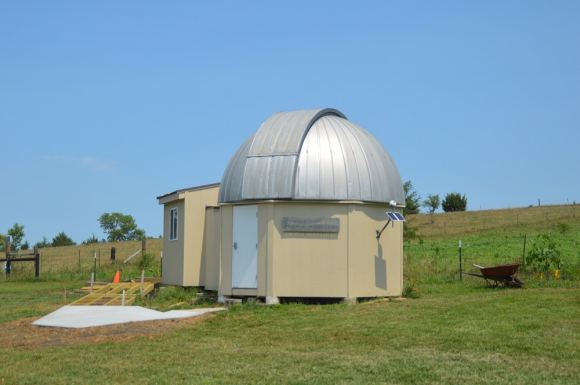
Farther afield, don’t miss Behlen Observatory. This domed observatory is in a standalone building in the middle of a corn field in the tiny town of Mead, 38 miles outside of Lincoln (again, it is Nebraska). The Behlen Observatory boasts a 30-inch Cassegrain telescope dating from the 1972. The Behlen Observatory is open a few nights a year for public observing. The University of Nebraska also still occasionally uses the Behlen observatory of variable star research.
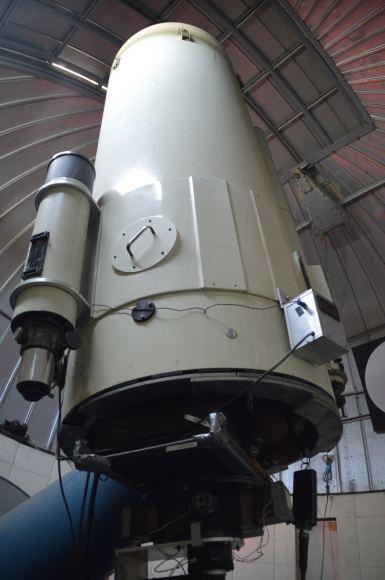
Finally, there’s the active Prairie Astronomy Club in the area, and the University of Nebraska at Lincoln also boasts a rumored 16” Schmidt-Cassegrain telescope on the roof of a parking garage located in in downtown Lincoln, along with the unique Minnich solar telescope on campus. Also, don’t miss the Hyde observatory, located on the outskirts of town in Holmes Park. Heading north, be sure to stop and check out Wayne State Planetarium, offering public astronomy shows with a state of the art projector.
Head north and west in the state, and you get into some serious dark sky country. The town of Valentine is a good base of operations to explore the Niobrara River by day, and the dark skies around the Merritt Dam Reservoir at night. Merritt Dam recreational area is a sprawling site, and also hosts the annual Nebraska Star Party.
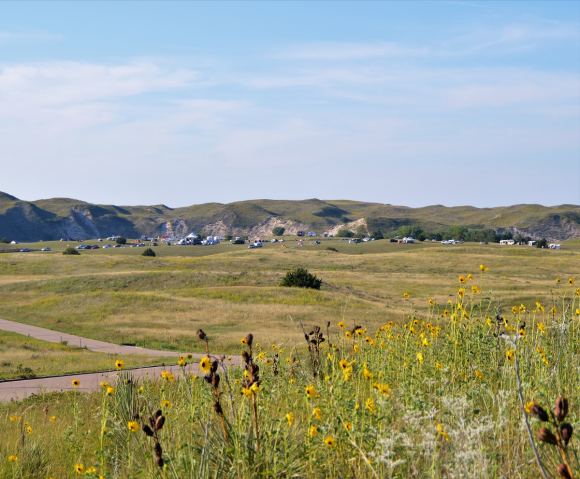
Now in its 25th year in 2018, the Nebraska Star Party boasts truly dark skies (Bortle Scale 2/3). The annual NSP runs during the end of July/first weeks of August, timed around New Moon.
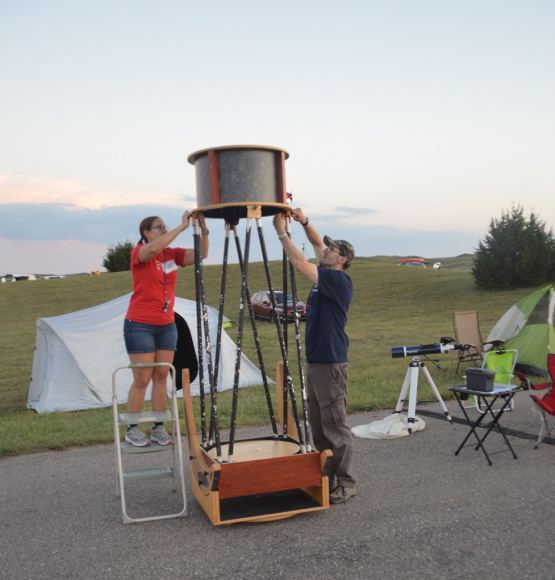
We had the opportunity to spend three successive nights at the Nebraska Star Party this past summer. We were based out of nearby Valentine, and made trips out every evening at dusk. We would advise hard core deep sky observers to camp out at the site. Then you’re in place to do some serious observing, once the curious public has gone back to town before midnight. This always means that there’s lots of flashlights and car headlights milling about early on, Though the site has a pretty good ‘no white lights beyond this point’ rule, and most folks seemed to adhere to this mantra pretty well. You know you’re in among a pretty serious dark sky crowd when you overhear conversations as to whether “some red lights are still too bright” in the darkness…
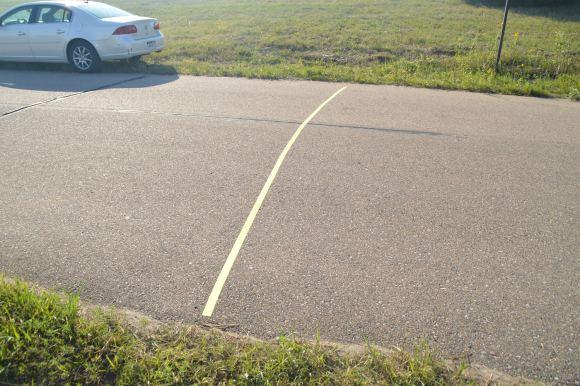
And don’t forget bug spray, the higher the DEET concentration, the better, for all those creepy crawlies of the night. In western Nebraska in the summer, I’d spray especially hard around pant legs and shoes, and keep sleeves rolled down. Just do not spray down anywhere near delicate optical equipment!
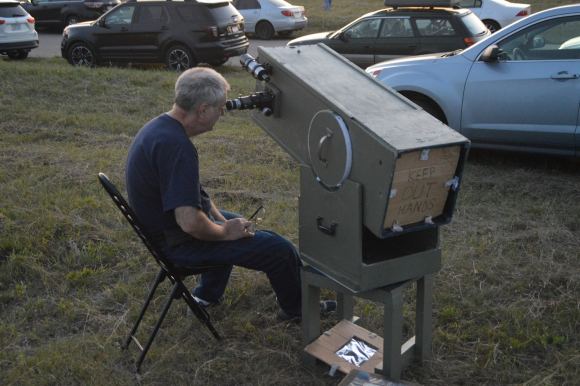
Skies at the Nebraska Star Party are pristine and dark. Really dark. Chances are, you’ve never seen dark skies like these. We brought our small 5” Orion Maksutov travel telescope, though we could have easily had a fun evening wandering around and looking through other attendees’ behemoth telescopes.
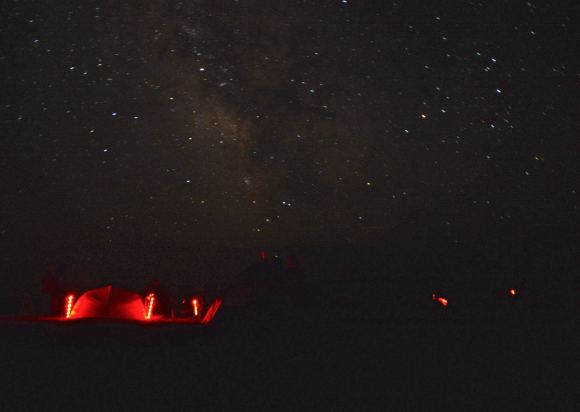
We were based out of the hotel in Valentine, Nebraska, and sortied out for three evenings at the event, but again, we recommend you camp on-site, so you can simply stay up all night and sleep it off through the next day, in preparation for the next evening’s round of observing.
We could actually see the Milky Way casting a shadow, the first time we’d seen this elusive phenomenon. We noted this elusive effect against a high contrast background, in this case, the side of a white pickup truck (not an uncommon sight in rural Nebraska) and there was our shadow, barely visible as we rocked back and forth. Unfortunately, the mythical gegenschein — the ghostly counter-glow at the anti-sunward point, caused by illuminated dust along the ecliptic plane — remained elusive.
Can’t sleep during the daytime? Nearby Toadstool Geologic Park is great site to explore and hike during the daytime, with another great dark sky site for camping at night. With its meandering trails and bizarre rock formations, Toadstool is very similar to the Badlands in South Dakota, located just to the north.
Scottsbluff is another good base of operations to jump off to several dark sky sites, including Wildcat Hills, Robidoux Pass, the Legacy of the Plains Museum, and Scottsbluff national monument itself, a perch from which you can see far into Wyoming to the west.
Other science sites to visit in the state include:
Ashland- The Strategic Air Command Museum. highlights: Goblin, the “Looking Glass” Cold War era flying command center, and SR-71 and Apollo era hardware.
Columbus- Keep an eye out for the unique time capsule and sundial downtown.
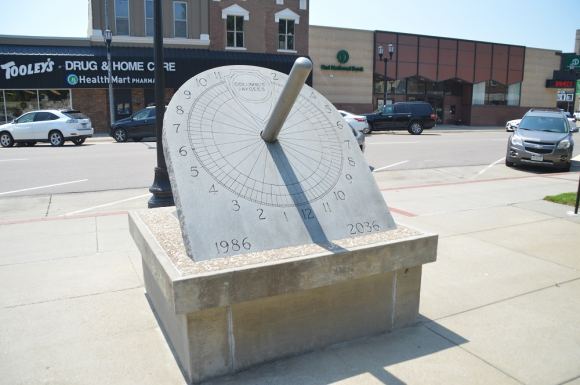
Norfolk- A town that boasts a unique astronomy connection: native son Johnny Carson was also an avid amateur astronomer.
Ashfalls- A unique site to explore: a working paleontology dig, site of a volcanic catastrophe ~10 million years ago that buried the state.
Don’t miss out on a trip to the great state of Nebraska, for all of your dark sky needs.
- Learn how to find those secret dark sky sites in our new book: The Universe Today Ultimate Guide to Viewing the Cosmos – On sale now.

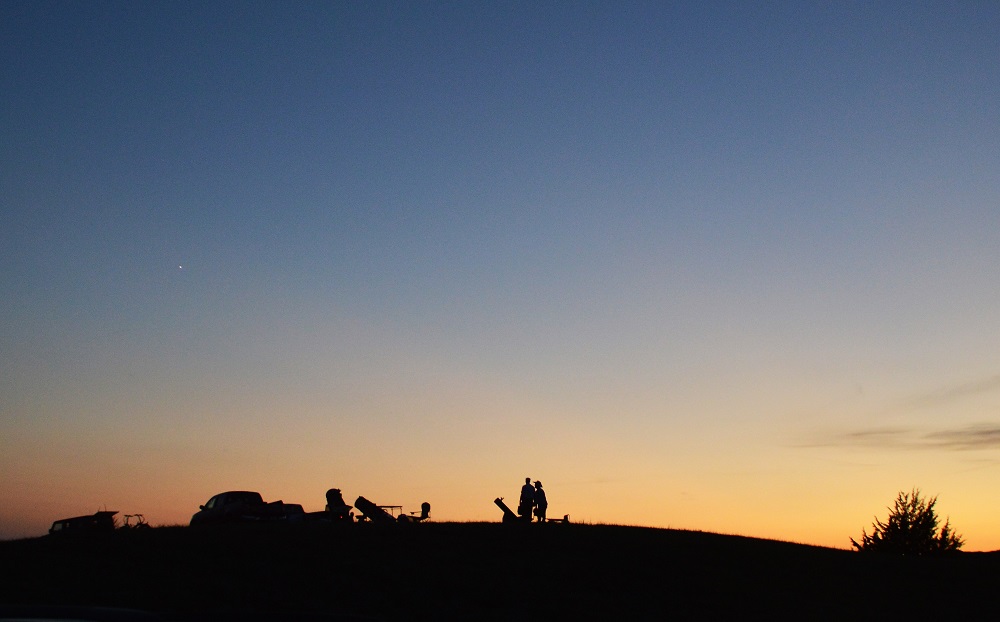
I think the annotated light pollution map included in this article includes some mis-labelling. Omaha, Lincoln, Valentine, and Kansas City are out of place.
It does, indeed. Thanks for noticing. Fix’d!